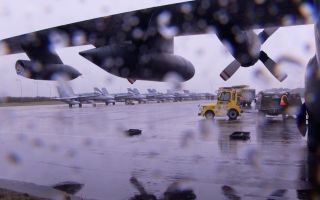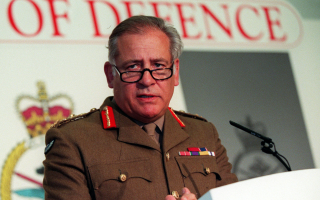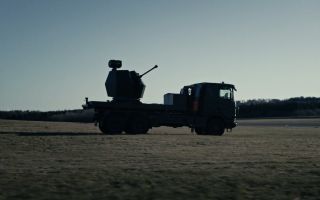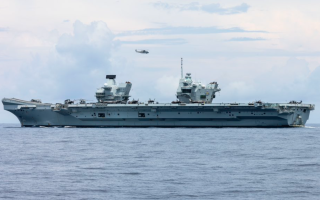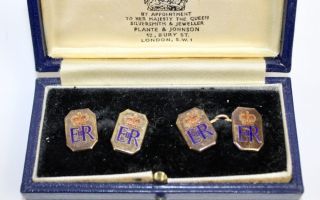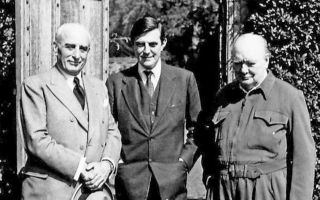Celebrating A Centenary of UK-Estonian Naval Co-operation
100 years have passed since Rear-Admiral Cowan and his Royal Navy fleet sailed into Tallinn, promising to attack the Bolsheviks “as far as my guns can reach”.
The squadron had four main objectives, to contain Bolshevism, maintain the freedom of the seas, protect British interests in the Baltic and also the independent status of Estonia and Latvia.
Since then, the impact the Sixth Light Cruiser Squadron made during Operation Red Trek is one that has withstood the test of time.
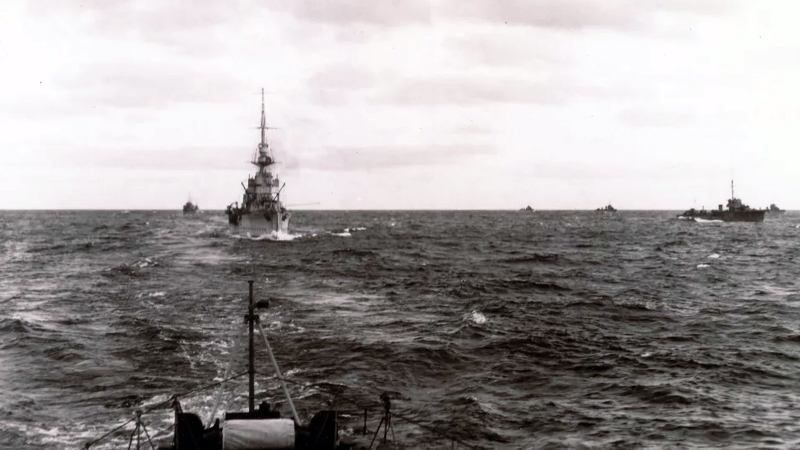
Though naval relations may look slightly different in modern day Europe, the ties are still as strong as ever.
NATO, the Joint Expedition Force and the Royal Navy lead Maritime Command, continuing to strengthen the bonds forged all those years ago.
The Estonian history books have remembered the role the British played in securing independence for Estonia.
Today, dotted around the country are memorials and plaques to the 112 British service personnel that made the ultimate sacrifice during the Baltic Campaign.
Fifteen British military personnel were even laid to rest in the Estonian Defence Forces Cemetery just outside of Tallinn.
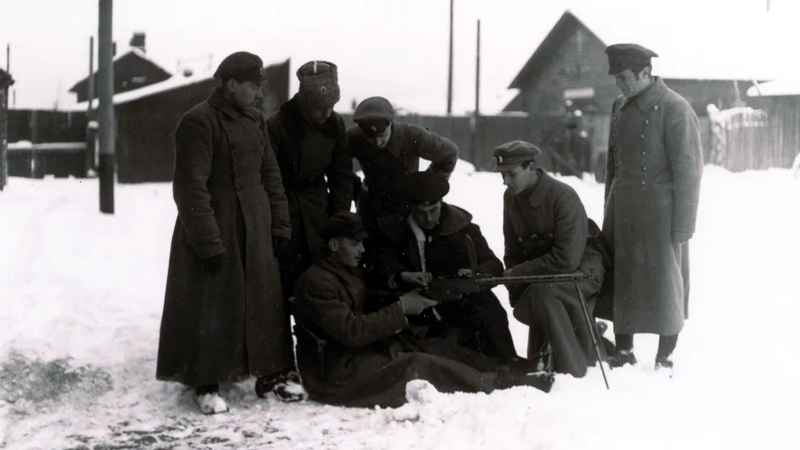
However, it is not just the history that’s so vividly remembered, Captain Jüri Saska, Commander of the Estonian Navy, says daily life is still shaped by the Royal Navy:
“If you look our naval uniform, our naval uniform comes more or less from the Royal Navy at that time.”
Then there is EML Admiral Cowan, a Sandown class minehunter and the Estonian Navy’s flagship that previously sailed as HMS Sandown.
Her new name a direct homage to the Royal Navy Admiral that was so instrumental in the Baltic operation.
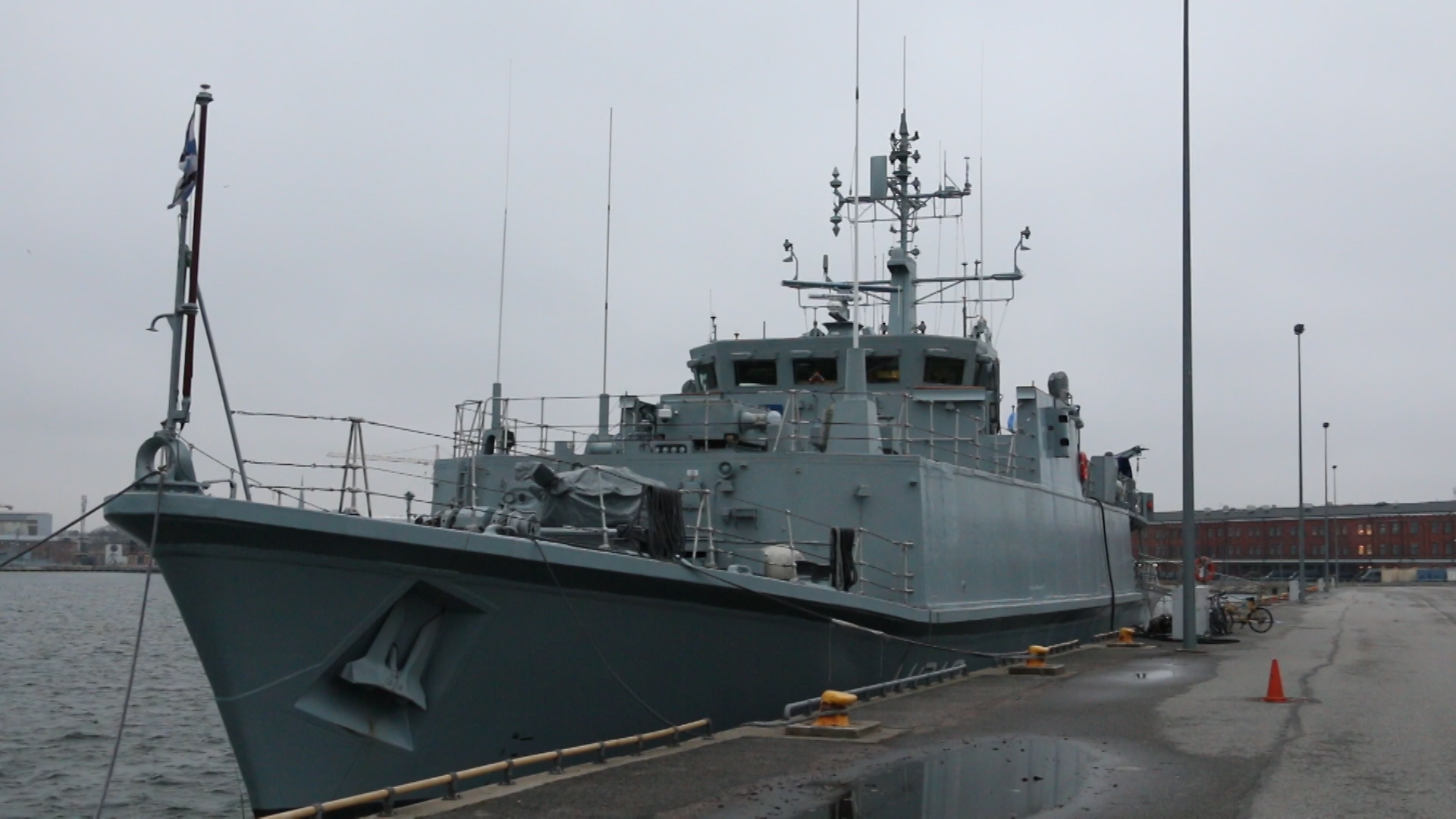
Curator and researcher at the Estonian War Museum Siim Õismaa believes it wasn’t just the military aid, equipment and manpower that helped Estonia gain independence.
“It was a big moral boost. Little Estonia fighting against big Red Army, at the beginning we didn’t have that well equipped army and also the national morale was quite low.
“Even though the naval squadron that was sent to Estonia and the Finnish bay was small - just a light squadron with a couple of cruisers and destroyers - but itself was a big morale booster.”
Cpt Jüri Saska noted that even in 1918, the then Defence General Liedoner recognised the importance of the Royal Navy involvement:
“Already then, the Chief of Defence General Laidoner quotes that we owe our independence to the royal navy, more than half of it.”
Today and in the future, it is clear that both navies still share many links, Cpt Jüri Saska continued:
"The Chief Joint Expedition Force possibly deploying here in 2019 is also as a heavy maritime tie.
"We can always do more, but I think it is on a good track and a good level right now, we have good friends over there.”
Currently, the Estonian Navy focus on naval mine countermeasures in the Baltic, an important task as Siim Õismaa estimated that by 1918 alone, 40,000 sea mines had been laid by various nations. With an estimated total of 80,000 sea mines being laid in the Baltic sea during both world wars.
Supported by a highly skilled mine clearance diving group, three Sandown-class minehunters and a staff and support vessel, Estonia as a smaller nation can offer a unique set of skills to NATO by specializing in mine clearance operations.

